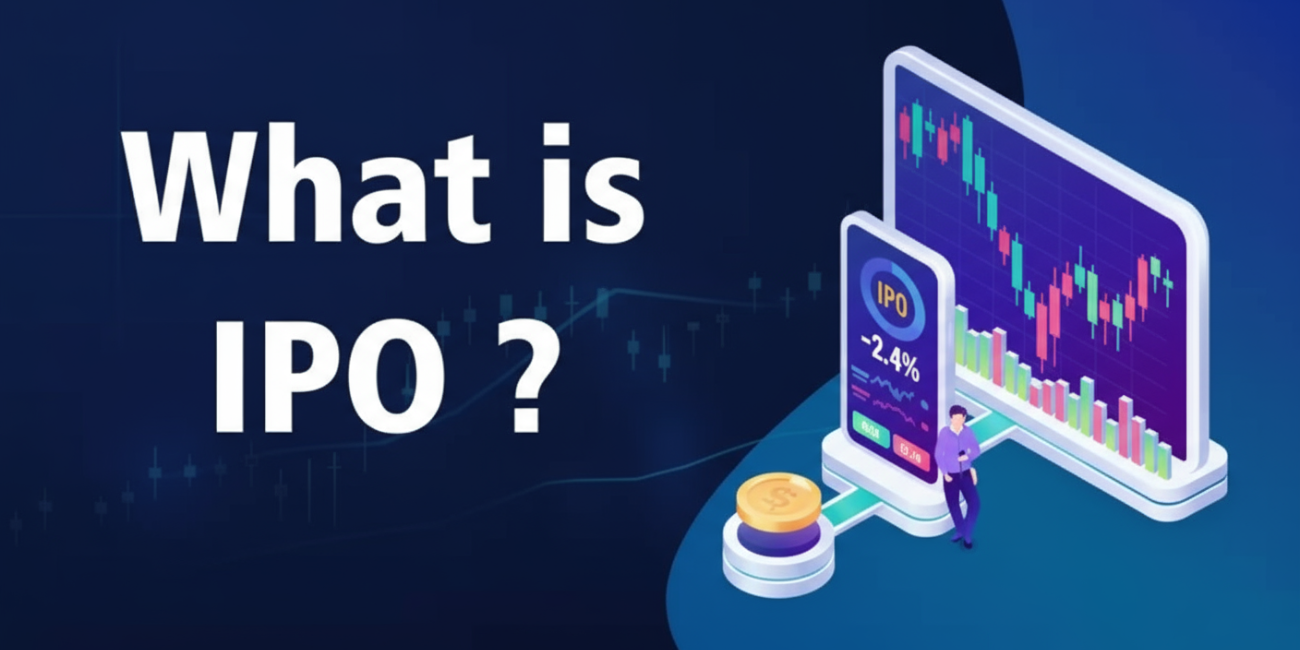An IPO, or Initial Public Offering, is the process through which a private company offers its shares to the public for the first time. Simply put, it’s like opening the doors of a private club and letting anyone buy a ticket (share) to join in. Before going public, the company’s ownership is limited to founders, early investors, and venture capitalists. After the IPO, anyone can invest.
Why Companies Go Public
Raising Capital
One of the biggest reasons companies launch IPOs is to raise funds. This money is often used for expansion, research and development, or even paying off debts.
Boosting Brand Visibility
Going public increases credibility. Once a company is listed on a stock exchange, its brand recognition skyrockets, attracting more customers and investors.
Offering Liquidity to Investors
Early investors, founders, and employees often hold company shares. IPOs give them an opportunity to sell their shares and realize profits.
History of IPOs
Origins of IPOs
The concept of IPOs dates back to the 1600s when the Dutch East India Company became the first organization to issue shares to the public.
Famous IPOs in History
- Google IPO (2004): Raised $1.67 billion and transformed the tech landscape.
- Facebook IPO (2012): Valued at over $100 billion, one of the biggest tech IPOs ever.
- Alibaba IPO (2014): Raised $25 billion, making it the largest IPO in history.
How Does an IPO Work?
Step 1 – Choosing Investment Banks
Companies hire investment banks to act as underwriters. These banks help determine the IPO structure and valuation.
Step 2 – Filing with Regulators
A company must file a Draft Red Herring Prospectus (DRHP) with market regulators like the SEC in the US or SEBI in India.
Step 3 – Roadshows and Marketing
Executives travel to meet potential investors, pitching the company’s growth potential.
Step 4 – Pricing the IPO
The underwriters decide the IPO price range, often through a book-building process.
Step 5 – Listing on the Stock Exchange
Once approved, shares are listed on exchanges like NYSE, NASDAQ, or NSE.
Types of IPO
Fixed Price Offering
The price of shares is fixed beforehand and disclosed to investors.
Book Building Offering
Here, a price range is given, and investors bid within that range. The final price is set based on demand.
Benefits of IPO
For Companies
- Access to large-scale funding
- Increased brand recognition
- Ability to use shares for mergers and acquisitions
For Investors
- Opportunity to buy into a company’s growth early
- Potential for significant returns
Risks of IPO
Market Volatility
IPO prices can swing dramatically after listing. What looks like a goldmine may sink quickly.
Underperformance After Listing
Many IPOs lose value post-listing if the hype doesn’t match reality.
Lack of Historical Data
Newly listed companies may not have long-term performance data, making analysis tricky.
IPO Process for Investors
How to Apply for IPO Shares
Through Brokers
Traditional brokers can help apply for IPO shares by handling the paperwork and process.
Through Online Platforms
Now, apps and digital brokers allow you to apply directly with a few clicks.
Allotment of Shares
Shares are allotted based on demand. If oversubscribed, investors may receive fewer shares than requested.
Key Terms in IPO
Draft Red Herring Prospectus (DRHP)
A preliminary document outlining company details for potential investors.
Underwriters
Banks or institutions that guarantee the sale of IPO shares.
Lock-in Period
A timeframe when insiders cannot sell their shares immediately after the IPO.
How to Evaluate an IPO Before Investing
Analyzing Financial Performance
Check revenue growth, profitability, and cash flow.
Checking Valuation
Compare IPO pricing with industry peers.
Understanding Industry Trends
A company in a growing industry has a better chance of success.
IPO vs Direct Listing
Key Differences
- IPO involves underwriters; direct listing skips them.
- Direct listing does not raise new funds; IPO does.
Which is Better for Companies?
For big, established companies with brand recognition, direct listing can be more cost-effective.
IPO vs FPO (Follow-on Public Offer)
What is FPO
An FPO is when a company already listed issues new shares.
Differences Between IPO and FPO
- IPO is the first public issue; FPO comes later.
- IPOs are riskier, while FPOs are more predictable.
Global IPO Trends
US IPO Market
Home to giants like Apple and Amazon, the US remains a hub for IPOs.
Asian IPO Market
India, China, and Hong Kong have seen massive growth in IPO activity.
European IPO Market
While smaller, Europe has strong financial hubs like London and Frankfurt.
Famous Success and Failure Stories
Success Stories
- Amazon and Apple saw immense growth post-IPO.
IPOs That Failed
- WeWork’s failed IPO attempt highlighted risks of poor governance.
Future of IPOs
Tech Industry Dominance
Technology companies will continue to dominate IPO markets.
Rise of SPACs
SPACs are changing how companies go public, offering an alternative to traditional IPOs.
Conclusion
An IPO is a gateway for private companies to step into the public world of investing. While it provides massive opportunities for both companies and investors, it also carries risks. For beginners, understanding the basics—like pricing, risks, and benefits—is the first step to smart investing.
FAQs
1. What does IPO stand for?
IPO stands for Initial Public Offering.
2. How can beginners invest in IPOs?
Beginners can invest via brokers or online trading apps.
3. Is IPO a safe investment?
No investment is completely safe. IPOs are high-risk but can be high-reward.
4. How is IPO price decided?
Underwriters set the price based on demand and company valuation.
5. What is the difference between IPO and stock trading?
IPO is the first sale of shares by a company, while stock trading is the buying and selling of those shares afterward.

 China
China Russia
Russia India
India









